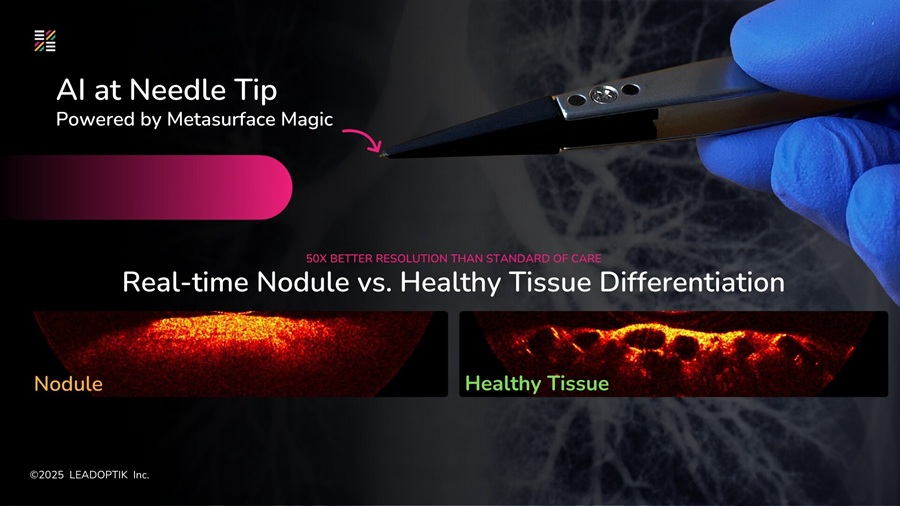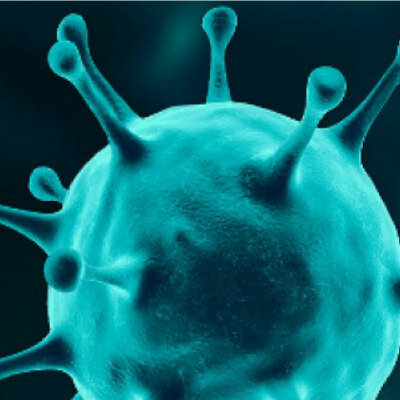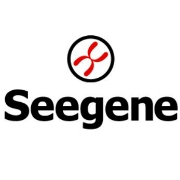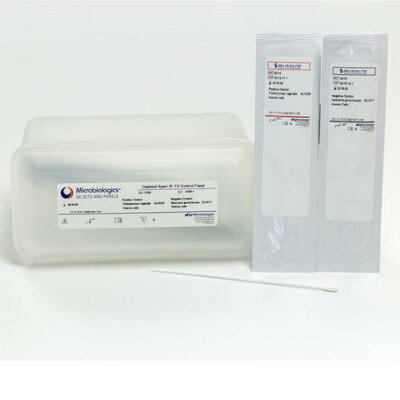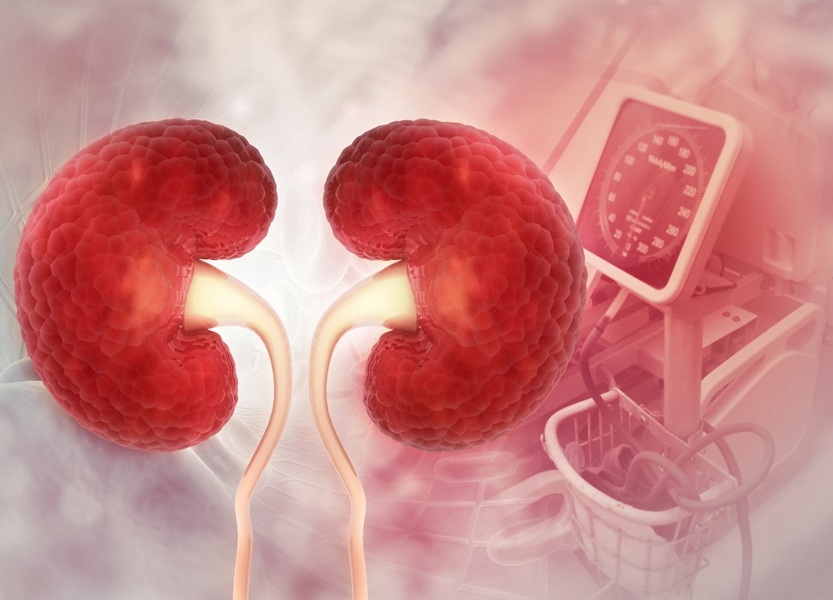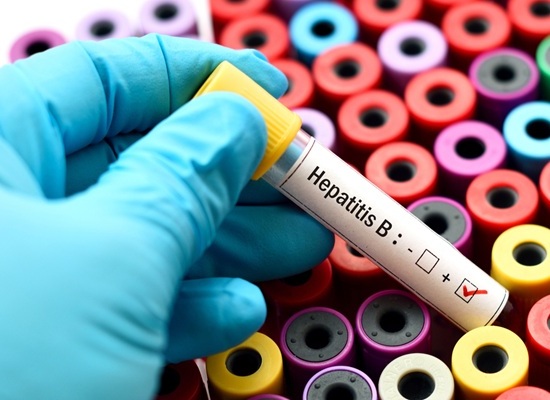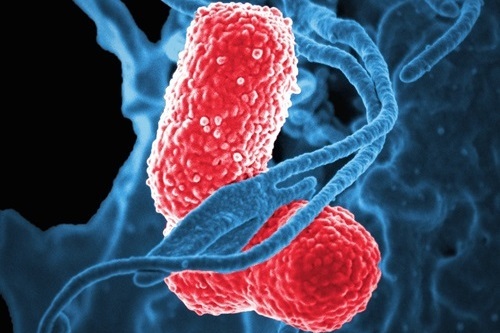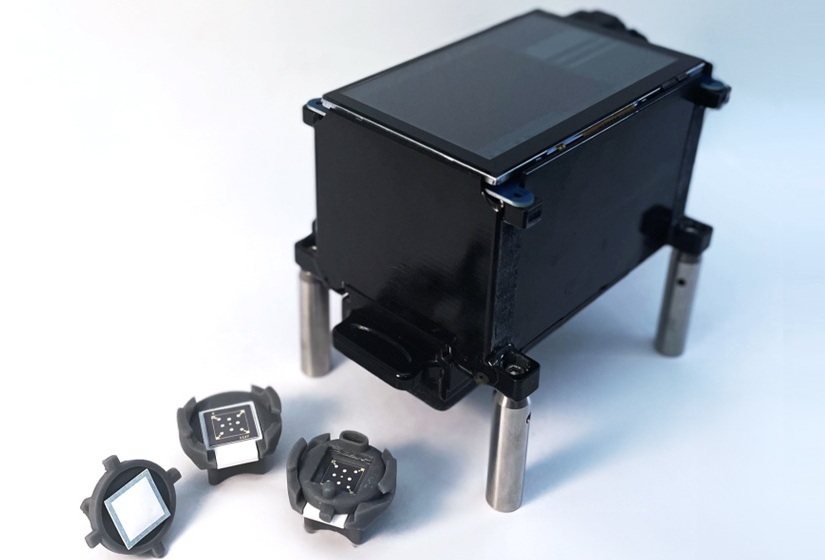AI-Based Breast Cancer Test Uses Routine Digital Histopathology Images for Risk Stratification
|
By LabMedica International staff writers Posted on 15 Oct 2024 |


Histological tumor grade serves as a strong prognostic indicator in breast cancer. Invasive breast cancer is graded through a morphological assessment following the Nottingham Histologic Grade (NHG), categorizing tumors into low-, intermediate-, or high-risk groups, specifically NHG 1, 2, or 3. Currently, however, more than half of breast cancer patients fall into the intermediate risk category (NHG 2), which provides limited clinical guidance for treatment decisions. This situation has led to the challenge of over- and undertreatment in early breast cancer cases, with many clinical choices relying on costly molecular assays that are often inaccessible to a large number of patients. Now, a novel deep learning solution facilitates the detection and classification of intermediate-risk tumors into low- and high-risk categories based on grade-related tumor morphology.
Stratipath Breast, developed by Stratipath AG (Stockholm, Sweden), is the first regulatory-compliant solution in the EU for breast cancer risk stratification that utilizes artificial intelligence (AI) and routine H&E histopathology images. This AI-driven solution processes digitized hematoxylin and eosin-stained histopathology images of breast cancer tissues, enabling the identification of patients at increased risk for disease progression and thus providing decision support for clinicians assessing breast cancer. Unlike traditional molecular tests, AI-based risk profiling offers faster result turnaround, generates new insights at the diagnostic stage, and significantly reduces dependence on expensive molecular testing. Consequently, Stratipath Breast enhances accessibility and benefits for a larger patient population affected by breast cancer.
The AI-driven image analysis and decision support platform is designed to reduce the chances of breast cancer recurrence by improving the identification of high-risk patients. Stratipath’s AI model has been trained using existing data from past patients collected across various hospitals in Sweden. This dataset includes scanned images and patient outcomes, enabling the AI model to learn how to identify individuals at high risk of relapse, flagging them for the pathologist's attention. The system evaluates risk-related morphological patterns locally within the images and synthesizes this information over the analyzed tissue area to determine the tumor's classification as high- or low-risk. Results generated by Stratipath Breast offer prognostic insights and are meant to complement other clinical and pathological data in decision-making processes. Additionally, Stratipath Breast ensures an efficient workflow through integration with leading digital pathology solutions, and it can function independently via the Stratipath customer web portal.
A recent study that included over 2,700 patients from two distinct sites successfully validated the prognostic effectiveness of Stratipath Breast. In the clinically significant subgroup of ER+/HER2- patients, a Hazard Ratio (HR) of 2.76 was noted between high- and low-risk categories in a multivariable Cox PH model adjusted for clinical factors. Furthermore, among NHG2/ER+/HER2- patients classified as intermediate risk, an HR of 2.20 was recorded between high- and low-risk groups. The study also assessed the underlying risk score as a foundation for five-level multi-group risk stratification, revealing a marginal HR of 9.33 between the reference group and the highest risk category, which represented 20% of the population.
Related Links:
Stratipath AG
Latest Pathology News
- AI Model Predicts Patient Response to Bladder Cancer Treatment
- New Laser-Based Method to Accelerate Cancer Diagnosis
- New AI Model Predicts Gene Variants’ Effects on Specific Diseases
- Powerful AI Tool Diagnoses Coeliac Disease from Biopsy Images with Over 97% Accuracy
- Pre-Analytical Conditions Influence Cell-Free MicroRNA Stability in Blood Plasma Samples
- 3D Cell Culture System Could Revolutionize Cancer Diagnostics
- Painless Technique Measures Glucose Concentrations in Solution and Tissue Via Sound Waves
- Skin-Based Test to Improve Diagnosis of Rare, Debilitating Neurodegenerative Disease
- Serum Uromodulin Could Indicate Acute Kidney Injury in COVID-19 Patients
- AI Model Reveals True Biological Age From Five Drops of Blood
- First-Of-Its-Kind AI Tool Visualizes Cell’s ‘Social Network’ To Treat Cancer
- New Test Diagnoses High-Risk Childhood Brain Tumors
- Informatics Solution Elevates Laboratory Efficiency and Patient Care
- Microfluidic Device Assesses Stickiness of Tumor Cells to Predict Cancer Spread
- New AI Tool Outperforms Previous Methods for Identifying Colorectal Cancer from Tissue Sample Analysis
- New Technique Predicts Aggressive Tumors Before They Metastasize
Channels
Clinical Chemistry
view channel
Carbon Nanotubes Help Build Highly Accurate Sensors for Continuous Health Monitoring
Current sensors can measure various health indicators, such as blood glucose levels, in the body. However, there is a need to develop more accurate and sensitive sensor materials that can detect lower... Read more
Paper-Based Device Boosts HIV Test Accuracy from Dried Blood Samples
In regions where access to clinics for routine blood tests presents financial and logistical obstacles, HIV patients are increasingly able to collect and send a drop of blood using paper-based devices... Read moreMolecular Diagnostics
view channel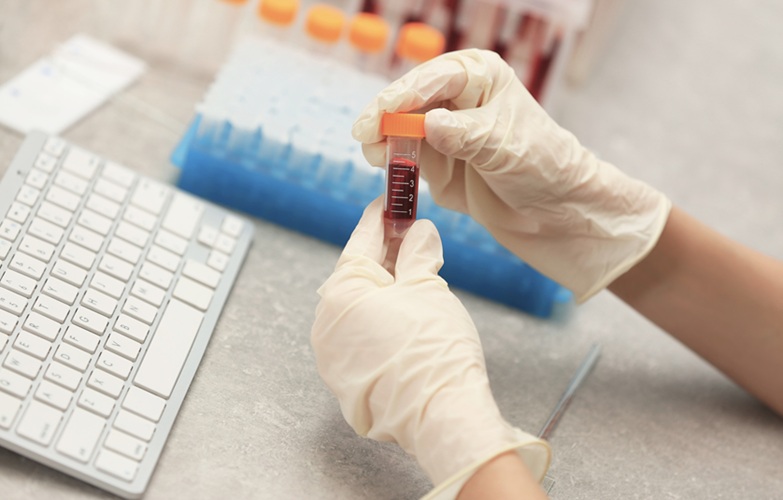
Blood Test Identifies Multiple Biomarkers for Rapid Diagnosis of Spinal Cord Injury
The National Institutes of Health estimates that 18,000 individuals in the United States sustain spinal cord injuries (SCIs) annually, resulting in a staggering financial burden of over USD 9.... Read more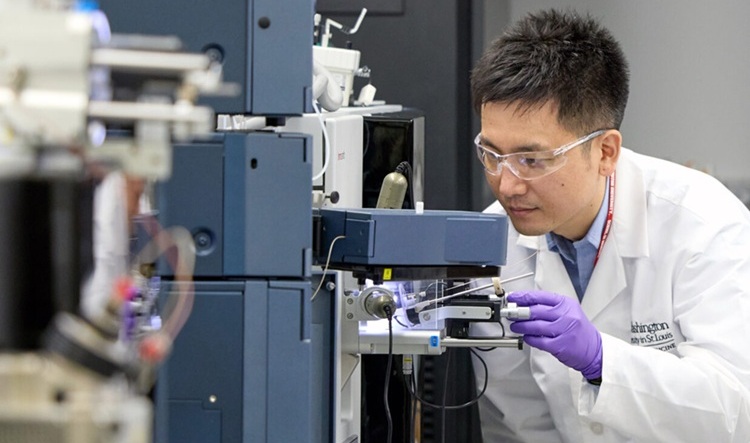
Highly Accurate Blood Test Diagnoses Alzheimer’s and Measures Dementia Progression
Several blood tests are currently available to assist doctors in diagnosing Alzheimer's disease in individuals experiencing cognitive symptoms. However, these tests do not provide insights into the clinical... Read more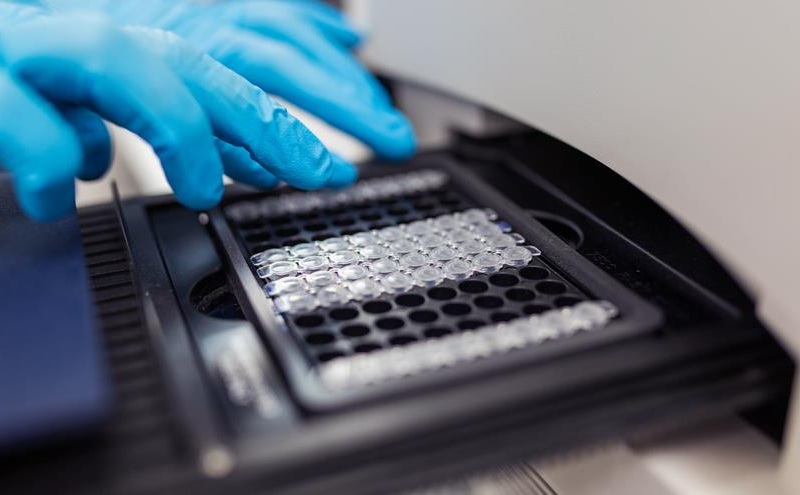
Simple DNA PCR-Based Lab Test to Enable Personalized Treatment of Bacterial Vaginosis
Approximately one in three women aged 14-49 in the United States will experience bacterial vaginosis (BV), a vaginal bacterial imbalance, at some point in their lives. Around 50% of BV cases do not present... Read moreHematology
view channel
New Scoring System Predicts Risk of Developing Cancer from Common Blood Disorder
Clonal cytopenia of undetermined significance (CCUS) is a blood disorder commonly found in older adults, characterized by mutations in blood cells and a low blood count, but without any obvious cause or... Read more
Non-Invasive Prenatal Test for Fetal RhD Status Demonstrates 100% Accuracy
In the United States, approximately 15% of pregnant individuals are RhD-negative. However, in about 40% of these cases, the fetus is also RhD-negative, making the administration of RhoGAM unnecessary.... Read moreImmunology
view channel
Post-Treatment Blood Test Could Inform Future Cancer Therapy Decisions
In the ongoing advancement of personalized medicine, a new study has provided evidence supporting the use of a tool that detects cancer-derived molecules in the blood of lung cancer patients years after... Read more
Cerebrospinal Fluid Test Predicts Dangerous Side Effect of Cancer Treatment
In recent years, cancer immunotherapy has emerged as a promising approach where the patient's immune system is harnessed to fight cancer. One form of immunotherapy, called CAR-T-cell therapy, involves... Read more
New Test Measures Preterm Infant Immunity Using Only Two Drops of Blood
Preterm infants are particularly vulnerable due to their organs still undergoing development, which can lead to difficulties in breathing, eating, and regulating body temperature. This is especially true... Read more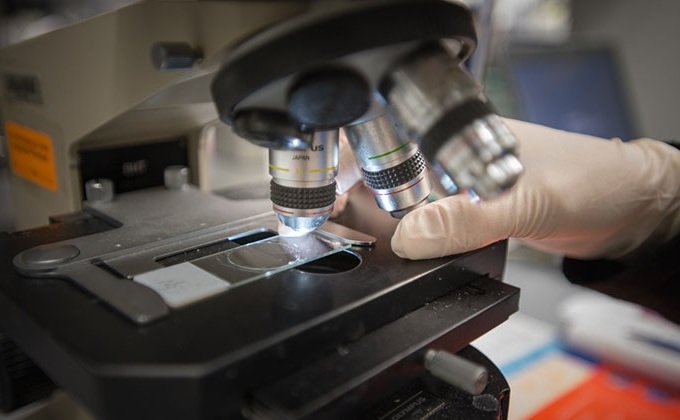
Simple Blood Test Could Help Choose Better Treatments for Patients with Recurrent Endometrial Cancer
Endometrial cancer, which develops in the lining of the uterus, is the most prevalent gynecologic cancer in the United States, affecting over 66,000 women annually. Projections indicate that in 2025, around... Read moreMicrobiology
view channel
Breakthrough Diagnostic Technology Identifies Bacterial Infections with Almost 100% Accuracy within Three Hours
Rapid and precise identification of pathogenic microbes in patient samples is essential for the effective treatment of acute infectious diseases, such as sepsis. The fluorescence in situ hybridization... Read more
Innovative ID/AST System to Help Diagnose Infectious Diseases and Combat AMR
Each year, 11 million people across the world die of sepsis out of which 1.3 million deaths are due to antibiotic-resistant bacteria. The burden of antimicrobial resistance (AMR) continues to weigh heavily,... Read more
Gastrointestinal Panel Delivers Rapid Detection of Five Common Bacterial Pathogens for Outpatient Use
Acute infectious gastroenteritis results in approximately 179 million cases each year in the United States, leading to a significant number of outpatient visits and hospitalizations. To address this, a... Read moreTechnology
view channel
Smartphones Could Diagnose Diseases Using Infrared Scans
Rapid advancements in technology may soon make it possible for individuals to bypass invasive medical procedures by simply uploading a screenshot of their lab results from their phone directly to their doctor.... Read more
Novel Sensor Technology to Enable Early Diagnoses of Metabolic and Cardiovascular Disorders
Metabolites are critical compounds that fuel life's essential functions, playing a key role in producing energy, regulating cellular activities, and maintaining the balance of bodily systems.... Read more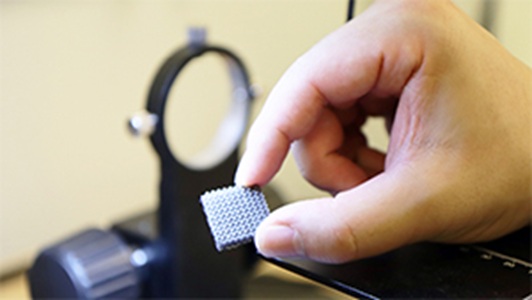
3D Printing Breakthrough Enables Large Scale Development of Tiny Microfluidic Devices
Microfluidic devices are diagnostic systems capable of analyzing small volumes of materials with precision and speed. These devices are used in a variety of applications, including cancer cell analysis,... Read moreIndustry
view channelLeica Biosystems and Bio-Techne Expand Spatial Multiomic Collaboration
Bio-Techne Corporation (Minneapolis, MN, USA) has expanded the longstanding partnership between its spatial biology brand, Advanced Cell Diagnostics (ACD, Newark, CA, USA), and Leica Biosystems (Nussloch,... Read more
Philips and Ibex Expand Partnership to Enhance AI-Enabled Pathology Workflows
Royal Philips (Amsterdam, The Netherlands) has expanded its partnership with Ibex Medical Analytics (Tel Aviv, Israel) and released the new Philips IntelliSite Pathology Solution (PIPS) to further accelerate... Read more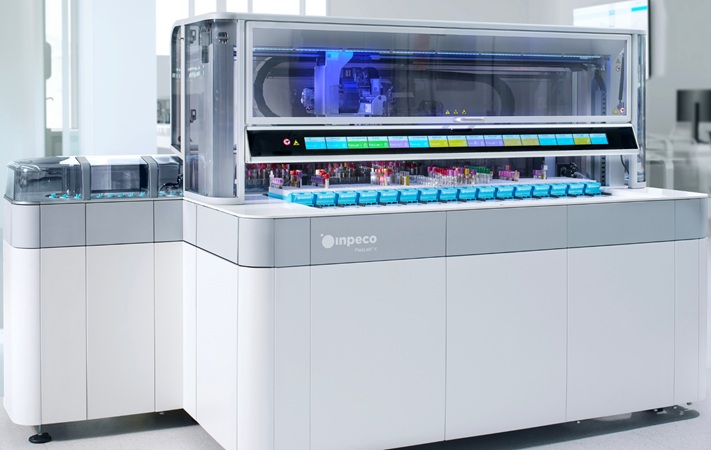
Grifols and Inpeco Partner to Deliver Transfusion Medicine ‘Lab of The Future’
Grifols (Barcelona, Spain), a manufacturer of plasma-derived medicines and innovative diagnostic solutions, has entered into a strategic agreement with Inpeco (Novazzano, Switzerland), a global leader... Read more